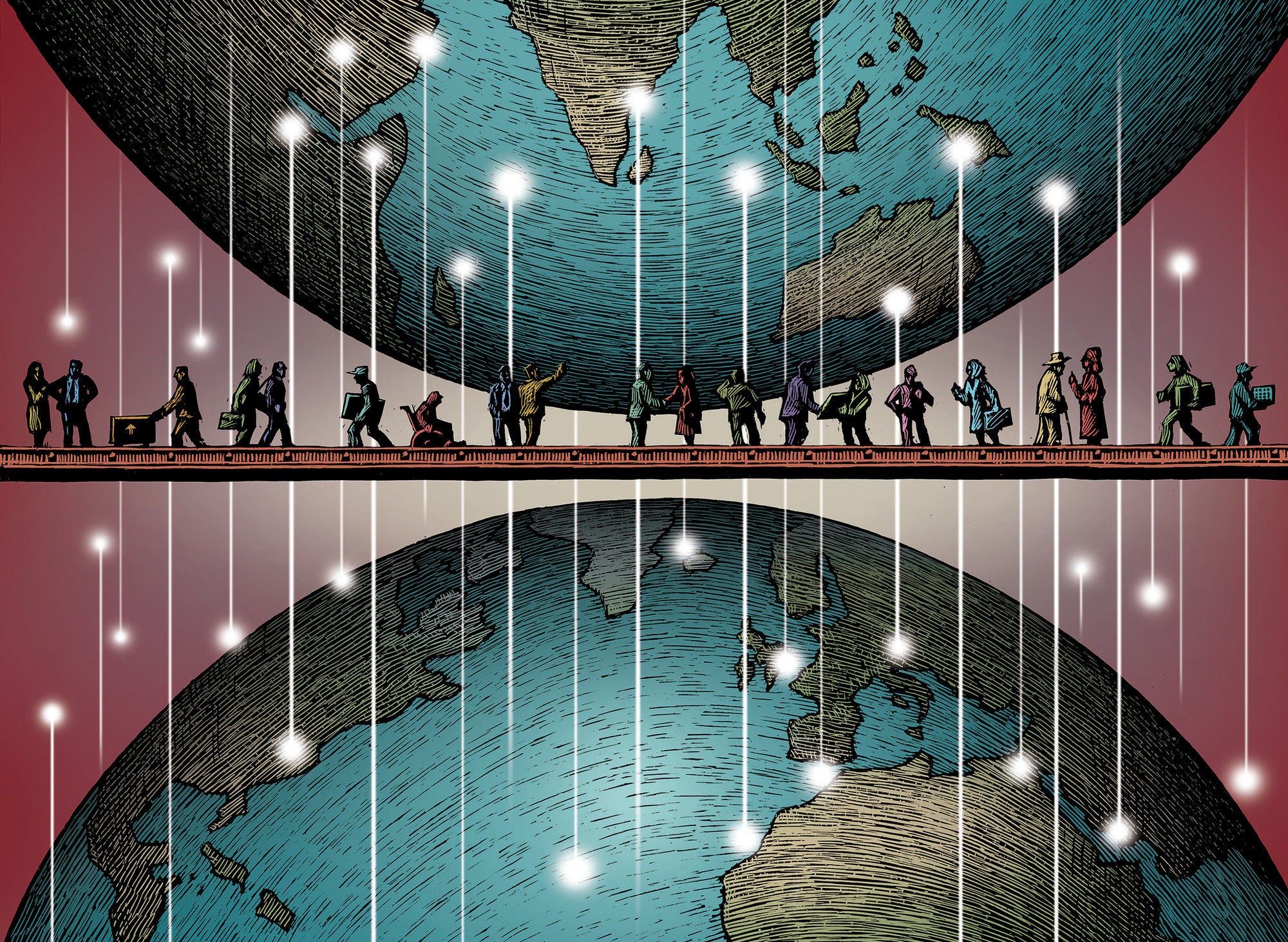In 2019, Japan received 138 000 new immigrants on a long-term or permanent basis (including changes of status), 18.4% more than in 2018. This figure comprises 60% labour migrants, 26.2% family members (including accompanying family) and 0.1% humanitarian migrants. Around 122 000 permits were issued to tertiary-level international students and 304 000 to temporary and seasonal labour migrants.
Viet Nam, China and the Philippines were the top three nationalities of newcomers in 2019. Among the top 15 countries of origin, Viet Nam registered the strongest increase (25 000) and France the largest decrease (27) in flows to Japan compared to the previous year.
In 2020, the number of first asylum applicants decreased by ‑62.1%, to reach around 3 900.
Emigration of Japanese to OECD countries increased by 4% in 2019, to 23 000. Approximately 21% of this group migrated to Germany, 19% to the United States and 8% to New Zealand.
In 2019, two new statuses of residence, “Specified Skilled Worker (i)” and “Specified Skilled Worker (ii)”, were created to accept foreigners who have a certain level of expertise and skill in 14 industry fields. In 2020, these statuses of residence were amended and expanded. In February 2020, Japan and Thailand signed a Memorandum of Co‑operation establishing a framework for information partnerships related to the deployment and human rights protection of Thai workers under the Specified Skilled Workers (SSW) visa. As of 31 August 2020, Japan has entered similar information-sharing agreements related to the SSW visa with 12 countries – the Philippines, Cambodia, Nepal, Myanmar, Mongolia, Sri Lanka, Indonesia, Viet Nam, Bangladesh, Uzbekistan, Pakistan, and Thailand. In April 2020, an amendment allowing any person with residency in Japan to take the examination for the SSW visa was implemented.
In June 2020, the “Basic Policy for the Comprehensive and Effective Implementation of Measures to Promote Japanese Language Education,” based on Article 10 of “the Act on Promotion of Japanese Language Education,” was approved. The policy aims to promote Japanese language education for foreign nationals residing in Japan by working with local governments to develop Japanese language education as well as improving ICT language learning materials for self-study.
On 28 June 2019, a partial amendment to “Specific Measures for the Admission of Refugees through Resettlement” increased the quota of yearly refugees accepted for resettlement to 60 people, beginning in fiscal year 2020.
On 1 April 2020, a revision of the landing criteria passed in 2017 for foreign residents under the status of “Nursing Care” came into effect. Foreign workers with more than three years of training as a technical intern in the long-term care field and who pass the State Examination for Certified Care Workers may gain the status of residence of “Nursing Care,” a visa which can be renewed without limit.
In March 2020, guidelines were announced for the Project for Facilitation of Acceptance of Foreign Entrepreneurs in National Strategic Special Zones. Under these guidelines, foreign nationals residing in Japan with the status of residence of “Student” will be able to change their status of residence to “Business Manager” in cases where the foreign nationals plan to engage in the activities to start up a business utilising the project and where certain requirements are met.
One of the first countries outside of China to detect a case of the COVID‑19 virus, Japan instituted an entry ban on foreign nationals – except for Special permanent residents and those who have special exceptional circumstances – from January 2020. During this time, foreign nationals staying with the status of residence of “Technical Intern Training” or “Student” who have difficulty in returning to their home country due to COVID‑19 were allowed to change their status of residence to “Designated Activities”. For technical intern trainees who had been dismissed due to COVID‑19, they can remain in Japan for up to one year, with the possibility of extending an additional six months.
For more information:

